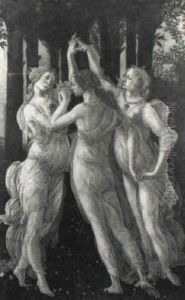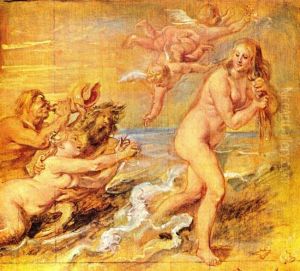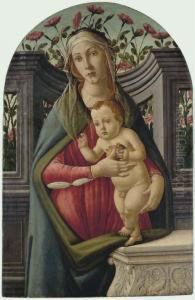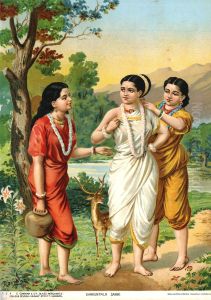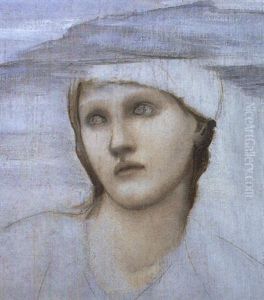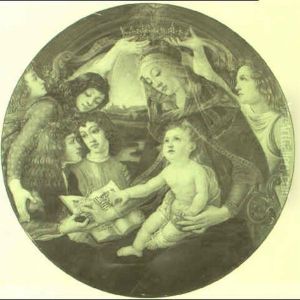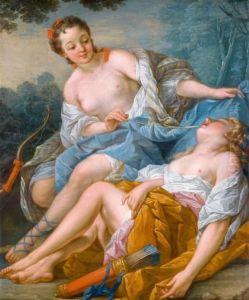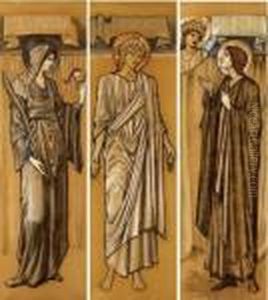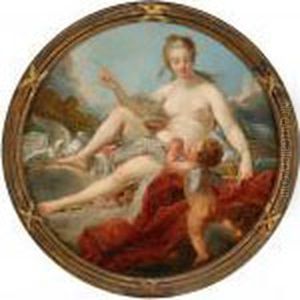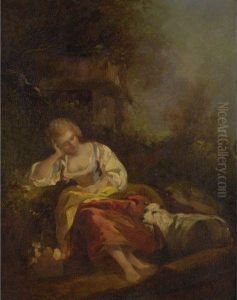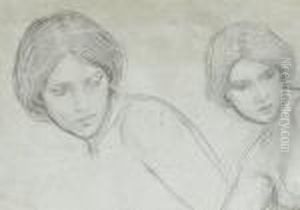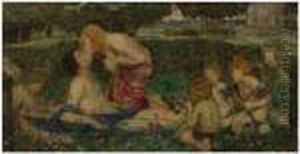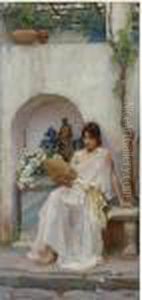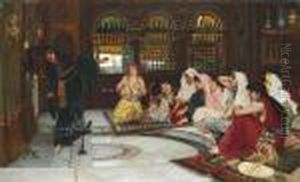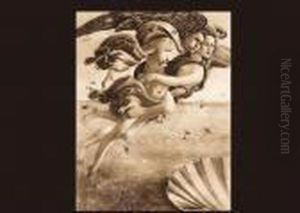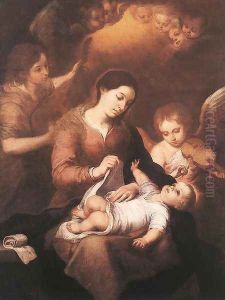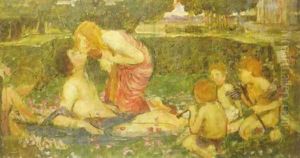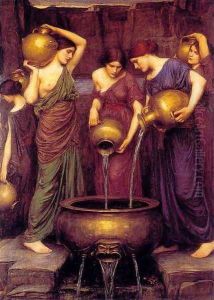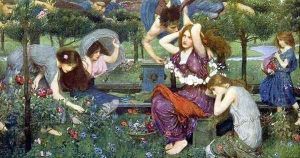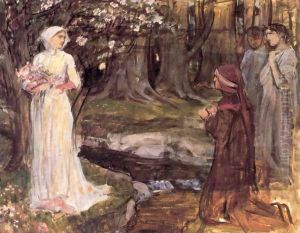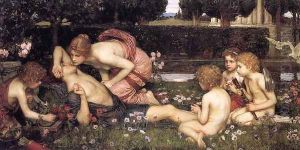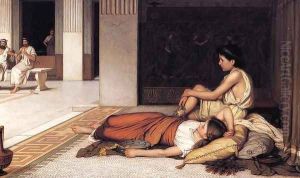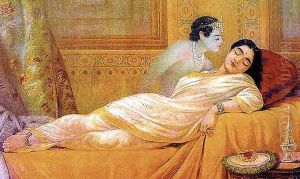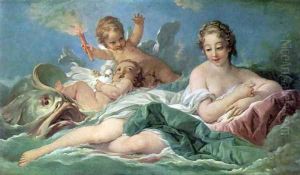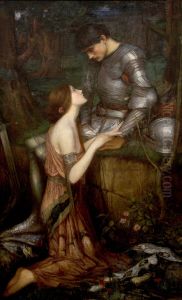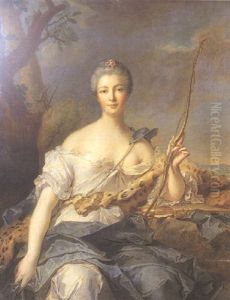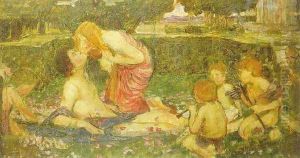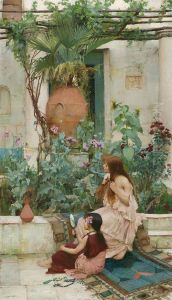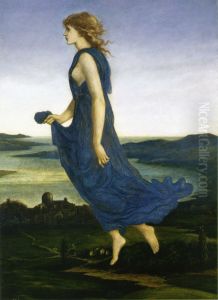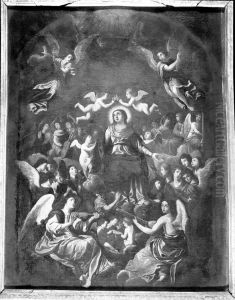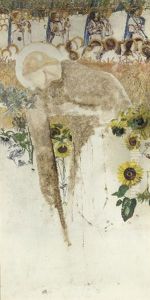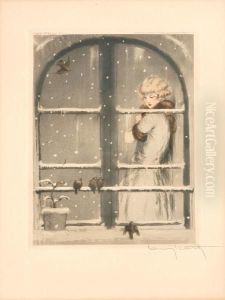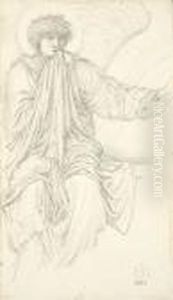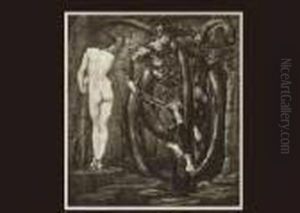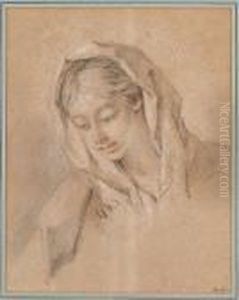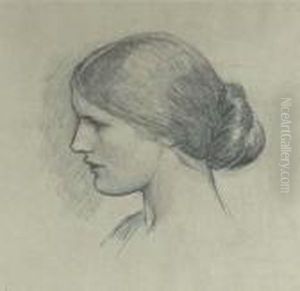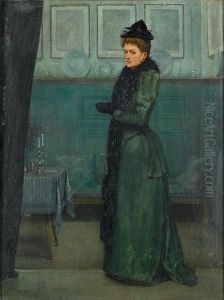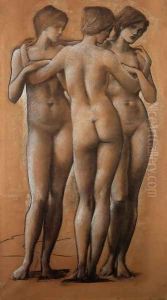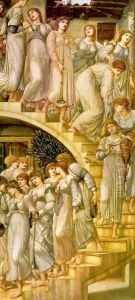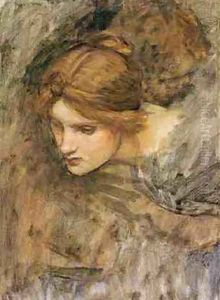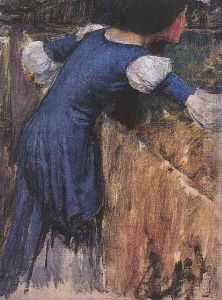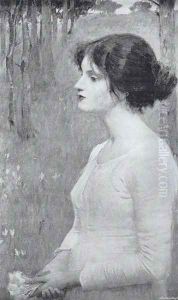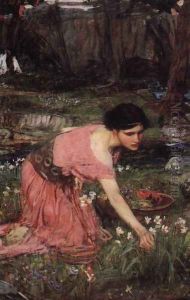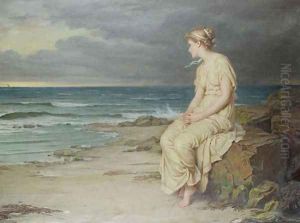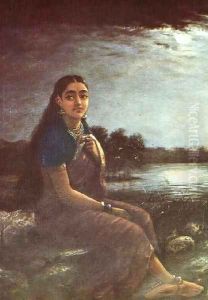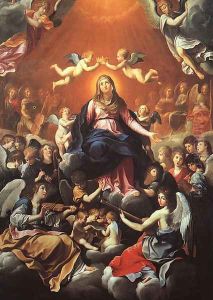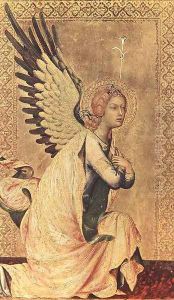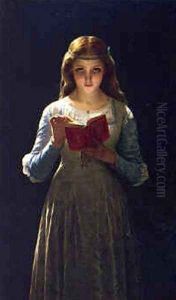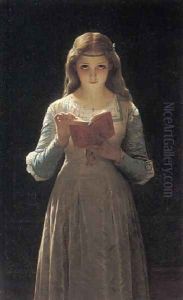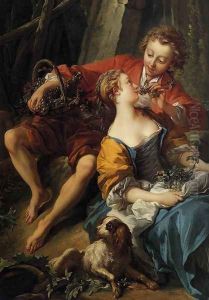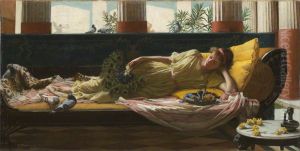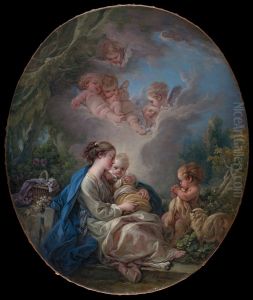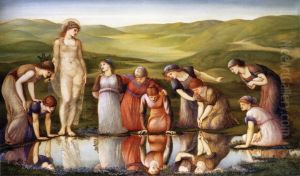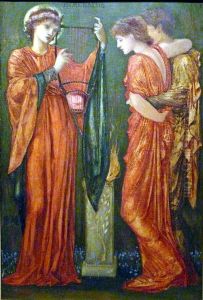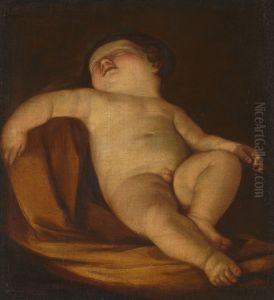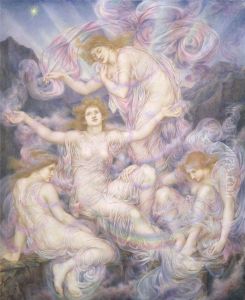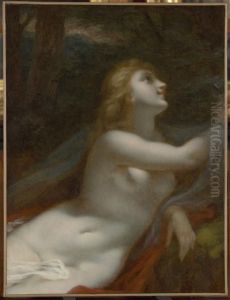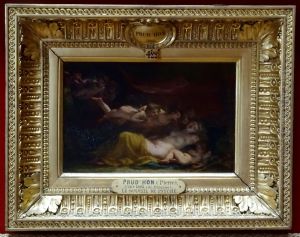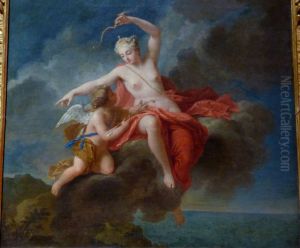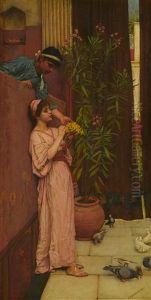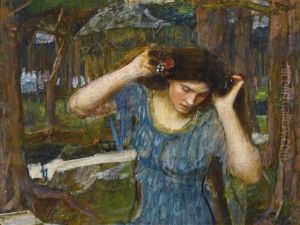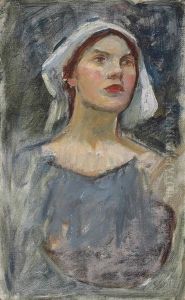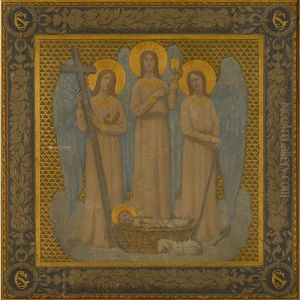Flowing Drapery Paintings
The Timeless Artistry of Flowing Drapery in Masterpieces
In the realm of classical oil painting, few elements captivate the eye and convey emotion as powerfully as Flowing Drapery. More than mere fabric, the masterful depiction of garments, robes, and cloaks is a testament to an artist's profound understanding of form, movement, and light. It's the subtle dance of folds and shadows that breathes life into figures, suggesting motion even in stillness, and adding a layer of dramatic depth to mythological scenes, religious narratives, and stately portraits.
From the ethereal grace of Renaissance works to the dynamic energy of Baroque canvases and the refined elegance of Neoclassical compositions, artists across centuries have harnessed the power of drapery. Masters like Leonardo da Vinci, Michelangelo, Raphael, and Titian meticulously rendered the delicate folds of silk and linen, using techniques like chiaroscuro to create stunning three-dimensional effects. Later, the dramatic brushwork of Rubens and Rembrandt brought a new intensity to textiles, making them an integral part of the narrative and emotional impact of their art.
The artistry involved in rendering Flowing Drapery extends beyond mere realism; it's about conveying the character's status, the atmosphere of the scene, and even symbolic meanings. The way light catches a cascading fold or shadows deepen within a voluminous cloak speaks volumes, guiding the viewer's eye and enhancing the overall composition. This meticulous attention to detail transformed simple cloth into an expressive artistic device, showcasing unparalleled skill in texture, volume, and the interplay of light and dark.
Our curated collection celebrates this exquisite artistic tradition. Each reproduction is a faithful homage to the original masterworks, capturing the intricate details and subtle nuances of their drapery. When you explore these pieces, you'll discover how the timeless beauty of Flowing Drapery elevates a painting from a mere image to a profound artistic statement, inviting contemplation and admiration for the enduring genius of the Old Masters.
